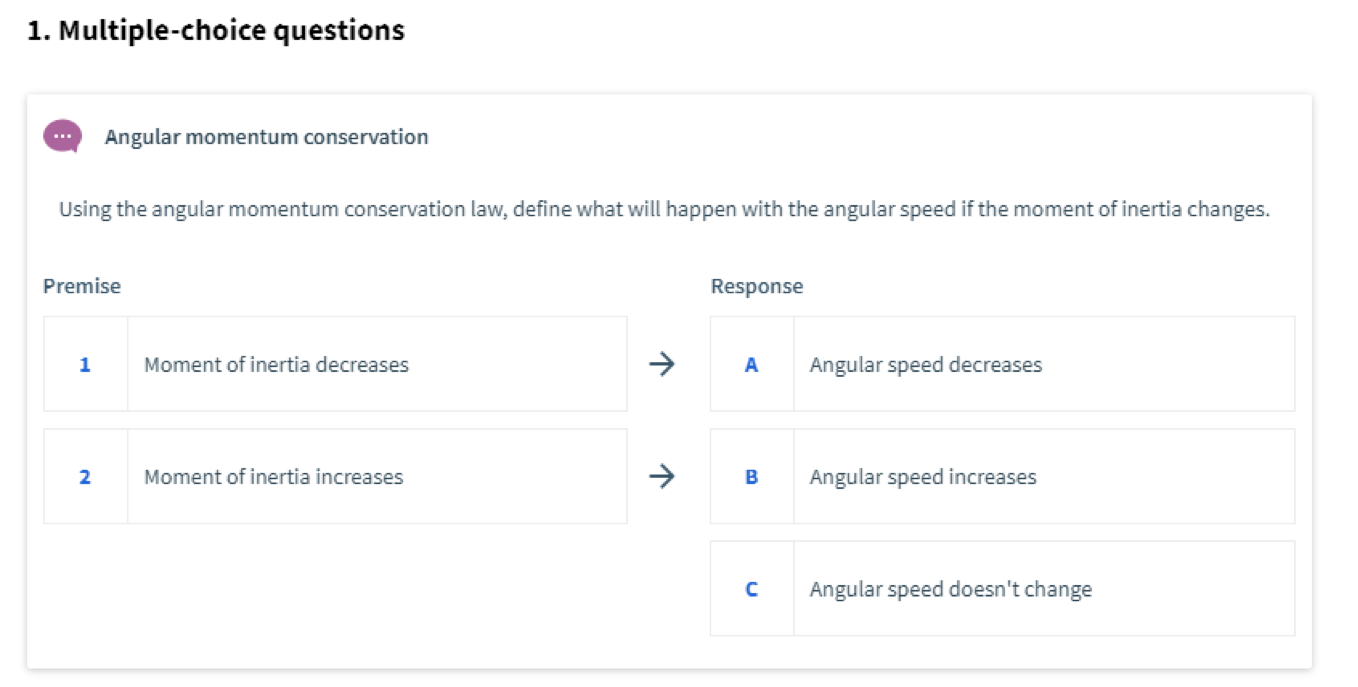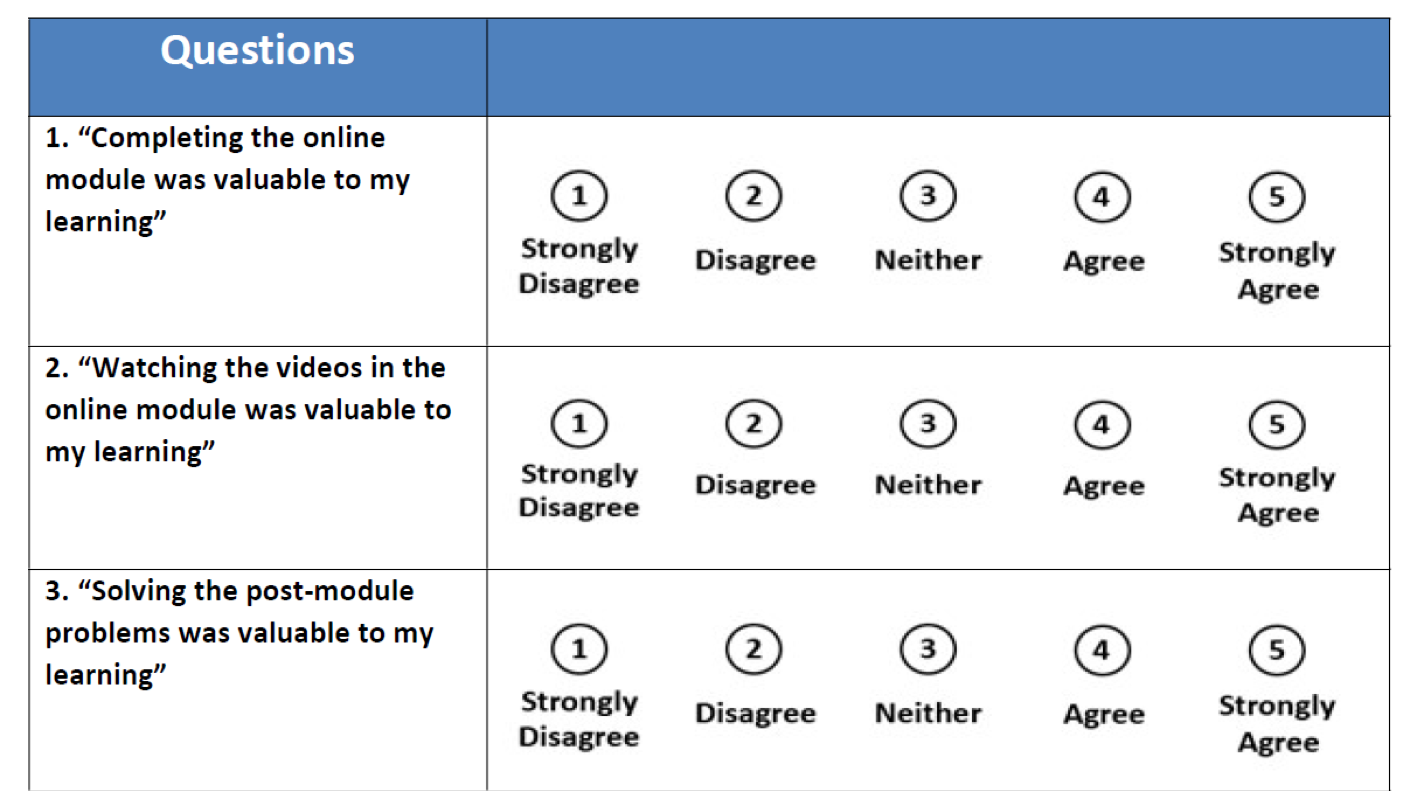PHYS1601: General Physics I
 Maria Gorchichko working with
Maria Gorchichko working with
David Ernst, Professor of Physics and Astronomy
Circular and Rotational Motion: An Online/In-class Module
Overview
The participants of this study will be students in the PHYS1601: General Physics I. The study is planned to be conducted in the 2020/2021 school year.
PHYS 1601 is taken by undergraduate first-year engineering students with a great variety of backgrounds. Students usually struggle with the understanding of the interrelation between concepts, which is an essential part of science and especially physics. This is challenging for students both because it requires the understanding of more than one concept and, very importantly, cannot be handled by memorization.
The final exam from Spring 2019 offering of PHYS 1601 shows that the topic with which the students struggled the most was a problem on the circular motion: one-third of students got partial credit on this problem, the problem with the worst performance on this exam. The goal of this project is to help students to get a better understanding of the concepts of circular, rotational motion, energy conservation, and especially the interrelation between them and to provide an opportunity for students to practice problem-solving skills.
Approach
We propose online/in-class modules consisting of a set of video demonstrations, showing practical applications of the discussed concepts, and objective exam questions based on the material. Each module consists of a series of short video lectures, multiple-choice questions after the video, and two types of problem-solving assignments. Students will watch two series of short online video lectures, which will cover the kinematics topics: circular motion and rotational motion. Each video will be followed by multiple-choice questions designed to test student comprehension and ability to apply the topics covered in the video.
 Figure 1. The multiple-choice question from the Rotational motion module
Figure 1. The multiple-choice question from the Rotational motion module
In the second part of each module, students will be asked to create a strategy (an algorithm) to solve a given problem without actually solving it. A more difficult problem will be assigned at the end of the module. At least one physical demonstration will be shown to students during lecture time for circular motion and rotational motion.
 Figure 2. A sample problem for a problem-solving algorithm in the Circular motion module
Figure 2. A sample problem for a problem-solving algorithm in the Circular motion module
This module will provide students a connection between a theoretical baseline and practical examples in video demonstrations, helping them to start building these connections independently with the quiz questions. Students will be able to review this online module as often as necessary to master the concepts. We believe that it will complement traditional lecture and textbook materials through a connection to real-world practical examples and improve understanding of the underlying concepts.
Assessment
In order to assess the effectiveness of these learning activities, we will utilize two forms of assessments: (1) changes in student performance, based on answers to specific exam questions, and (2) student perceptions of the module. First, to determine whether the module is effective at helping students achieve topic-level learning objectives, we will compare the quality of final exam responses related to the circular motion and rotational motion, using answers from previous years’ final exams to calculate gain scores (both by looking in qualitative changes and grades for these questions).
Finally, students will be given the opportunity to participate in a study that seeks to evaluate the effectiveness of the online/in-class modules. Students who wish to participate will fill out two anonymous online surveys via Brightspace. They will be given after the completion of each of the two modules and will assess students’ opinions about the usefulness of these modules in learning the course material.
 Figure 3. Sample questions from the online post completion survey
Figure 3. Sample questions from the online post completion survey
